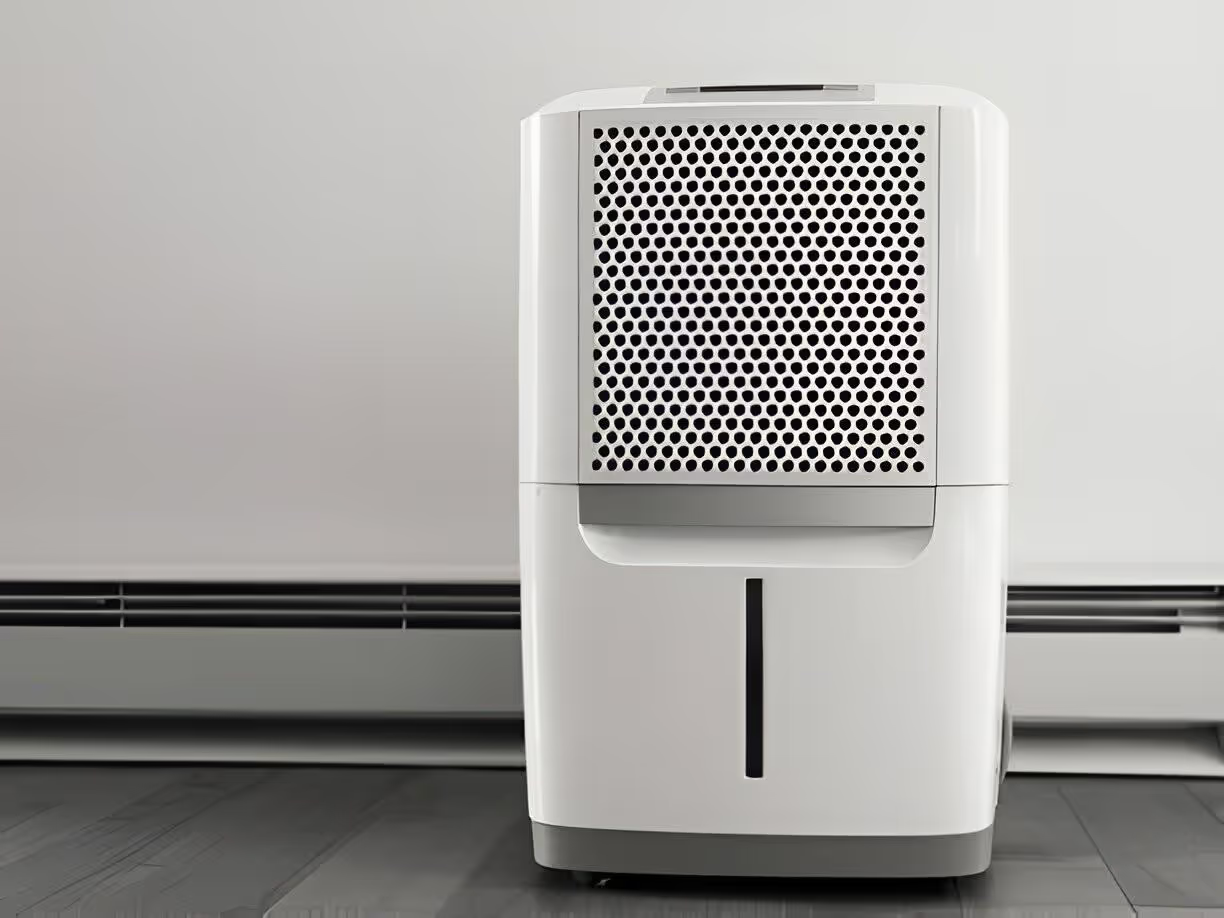Whole House Dehumidifiers in Valrico, FL
Explore the importance of whole-house dehumidification in Valrico, FL. Learn about types, selection, installation, and maintenance for optimal indoor comfort.


Why whole-house dehumidification matters in Valrico, FL
- High outdoor humidity: Tampa Bay’s coastal climate and long, humid summers mean outdoor dew points and indoor latent loads stay high most of the year. That leads to sticky comfort, higher perceived temperatures, and greater air conditioner runtime.
- Mold and moisture risk: Elevated indoor RH boosts mold and mildew growth, dust mite populations, and odor issues—especially in bathrooms, crawl spaces, attics, and behind cabinets.
- Building preservation: Wood floors, trim, cabinetry, and electronics are all susceptible to moisture-related damage over time.
- Energy and comfort synergy: Removing excess moisture lets occupants feel comfortable at higher thermostat settings, which can reduce cooling runtime and stabilize indoor conditions.
Common whole-house dehumidifier types and typical problems
- Bypass (ducted) whole-house units that tie into an existing HVAC system and treat return or supply air.
- Packaged whole-house units that mount beside the air handler or as stand-alone units with dedicated ductwork.
- Common issues homeowners encounter: undersized systems (can’t keep RH down during peak humidity), improper condensate routing, increased static pressure causing HVAC inefficiency, and neglected condensate pumps or drains that lead to backups.
How to choose the right capacity for your home
Choosing capacity means matching the unit’s moisture removal rate to your home’s size and moisture load. Consider:
- Rated moisture removal (pints per day or liters per day): Look for models rated for whole-house operation rather than room portable units.
- Home characteristics: square footage, ceiling height, insulation, air leakage, number of occupants, and common moisture sources (cooking, showers, pools, or frequent laundry).
- Baseline conditions: In Valrico’s climate, use design conditions that reflect high outdoor humidity and summertime loads—professionals often size to maintain a target indoor RH (commonly 45% to 50%) during peak conditions.
- Professional load calculation: The most reliable approach is a humidity load calculation performed by a qualified technician who will factor local climate, envelope tightness, and HVAC capacity. Oversizing wastes energy; undersizing fails to control humidity.
Installation and ducting considerations
Proper installation ensures performance and avoids HVAC conflicts.
- Integration with HVAC: Whole-house units can be integrated to work with the air handler (treating return air) or installed as a standalone system with dedicated ducting. Integration location affects efficiency and drainage requirements.
- Ductwork impacts: Some units require return-side installation for best humidity control; others supply dehumidified air into the supply plenum. Verify manufacturer recommendations to avoid increasing system static pressure, which reduces airflow and efficiency.
- Condensate management: Plan for gravity drains, floor drains, or condensate pumps. In Valrico, ensure routing protects against backflow during heavy rains and consider corrosion-resistant fittings because coastal air can accelerate wear.
- Accessibility and service clearance: Install in a serviceable location with room for filter access, electrical disconnects, and pump maintenance.
Controls and HVAC integration
- Built-in humidistats: Most whole-house units include adjustable humidistats allowing direct control of RH setpoint.
- Thermostat integration: Some systems interact with the home thermostat or use dedicated controllers that coordinate with the air conditioner to avoid conflicts between cooling and dehumidification cycles.
- Zoned systems and remote sensors: In larger homes or multi-level layouts, remote humidity sensors and zoning strategies help maintain uniform RH throughout the living spaces.
- Smart options: Wi-Fi enabled controllers and apps offer remote monitoring of RH, runtime, and alerts for maintenance issues.
Maintenance and drain requirements
Regular upkeep preserves performance and prevents failures.
- Filters: Replace or clean filters per manufacturer guidance. Dirty filters reduce airflow and efficiency.
- Coils and pans: Periodic inspection and cleaning of coils and condensate pans prevents microbial growth and blockages.
- Condensate pumps and drains: Test pumps annually, clear drain lines, and ensure proper slope for gravity drains. In coastal climates, inspect for corrosion and replace hoses or fittings as needed.
- Annual service: A technician should verify control calibration, check refrigerant levels if applicable, inspect electrical components, and confirm the unit meets the target RH without overcycling.
Energy efficiency and operating cost guidance
- Efficiency drivers: Look for units designed for whole-house duty with efficient compressors, variable-speed fans, and smart controls that avoid unnecessary runtime.
- Operating cost factors: Local climate (high latent loads in Valrico), desired RH setpoint, home tightness, and unit efficiency determine energy use. Lowering RH a few percentage points can significantly increase runtime, so target a balanced setpoint (typically mid-40s) rather than overly aggressive dryness.
- Savings opportunities: Properly matched equipment, integration that allows the dehumidifier to work when the AC is off, and maintaining equipment can reduce net energy consumption and prolong HVAC life by preventing moisture-related coil icing or extended AC cycles.
Warranty and service options to evaluate
- Components covered: Look for separate warranty terms for the compressor, parts, and any included pump. Typical warranties range by component—confirm length and what voids coverage.
- Labor coverage and service network: Verify whether labor is included and how service calls are handled, especially after storm events when moisture issues can spike.
- Preventive maintenance plans: Consider structured annual inspections to maintain efficiency and protect warranty compliance.
Benefits summary for Valrico homeowners
Whole-house dehumidification addresses the specific humidity challenges Valrico homes face: it reduces mold risk, improves comfort without overcooling, protects building materials, and can complement your existing HVAC to stabilize indoor conditions year-round. Proper sizing, professional installation, routine maintenance, and smart control strategy are the keys to reliable performance and reasonable operating costs in this humid Florida climate.
Service Areas
Our team is dedicated to providing top-notch services tailored to meet your needs. We pride ourselves on delivering exceptional results and ensuring customer satisfaction.


